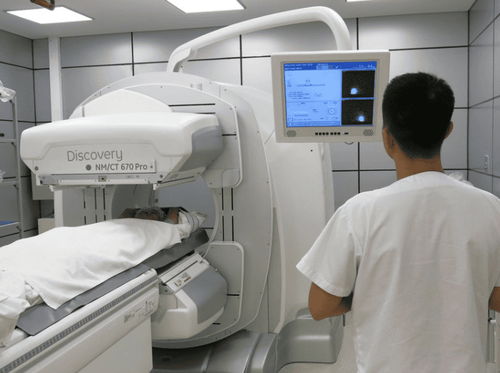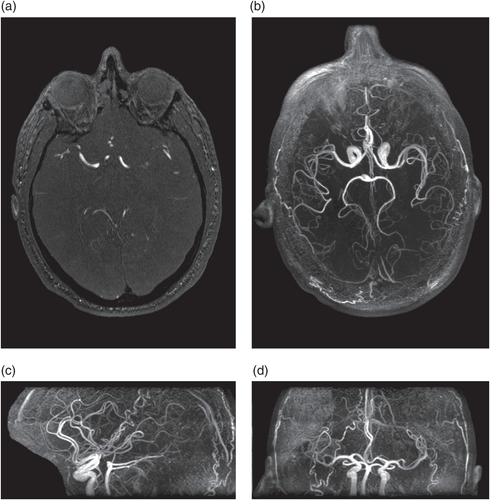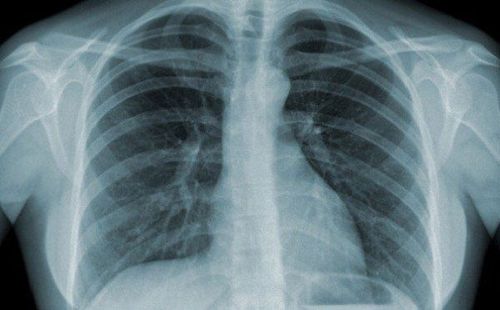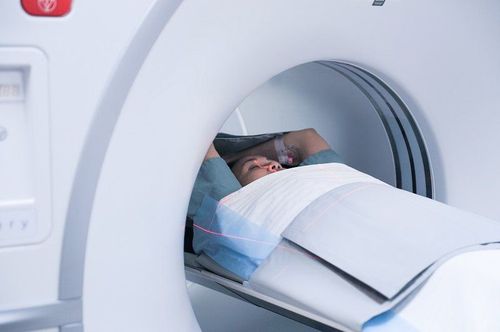This is an automatically translated article.
The article is professionally consulted by Master, Doctor Nguyen Viet Thu - Doctor of Radiology and Nuclear Medicine - Department of Diagnostic Imaging and Nuclear Medicine - Vinmec Times City International Hospital
Pelvic fractures are an uncommon injury, accounting for about 2% of all fractures in general. Complications of pelvic fractures can affect the function of the hip joint, and cause mobility limitation and limb deformity. Treatment of pelvic fractures varies depending on the severity. Some cases can be managed conservatively while pelvic fractures in some patients require surgical repair to restore early anatomy and function to the patient.
1. Classification of pelvic fractures
The pelvis consists of 2 bones of the pelvis connected by the pubic bone in front to form the pubic joint and the coccyx in the back to form the sacroiliac joint. The group of pelvic bones are spongy bones, rich in blood vessels. The pelvis is located at the bottom of the spine, is a strong bony structure, responsible for supporting the body's weight.
Pelvic fracture is not a common type of injury in adults, occurs after trauma such as falls, falls, traffic accidents. The large pelvic blood vessels are located near the pelvis, so pelvic fractures have the risk of causing massive bleeding and require emergency treatment. In the elderly or in patients with medical conditions that impair bone quality, even a slight impact can cause a fracture. Pelvic fractures may be accompanied by other soft-tissue injuries such as muscle contusion, tendon rupture, and ligament injury.
There are many ways to classify pelvic fractures, depending on the location of the fracture, or the stability of the broken bone. Based on the stability of the broken bone, pelvic fractures are divided into 2 main groups:
● Stable fracture: After the fracture, the broken bones do not move much. The force of injury in this case is usually of mild intensity.
● Unstable fracture: Also known as displaced fracture. The ends of the broken bones are no longer in the correct position but are displaced to other positions. Injury forces are strong forces and the patient usually has a lot of pain.
Based on location, pelvic fractures can be classified as:
● Pelvic wall fracture: The fracture is located along the pelvis, from the anterior superior iliac spine to the anterior inferior iliac spine, fracture along the pelvic wing.
● Pelvic fracture: The fracture is located in the two main pelvis bones. This group of fractures is often accompanied by damage to organs in the perineum, such as tearing of the ureter, rupture of the bladder, bowel perforation, and rupture of blood vessels.
● Fracture of the acetabulum: The acetabulum is the position where the thigh bone meets the pelvis to form the hip joint. Fractures of the acetabulum are often accompanied by dislocation of the hip, making the patient unable to move the hip or restricting movement due to pain.
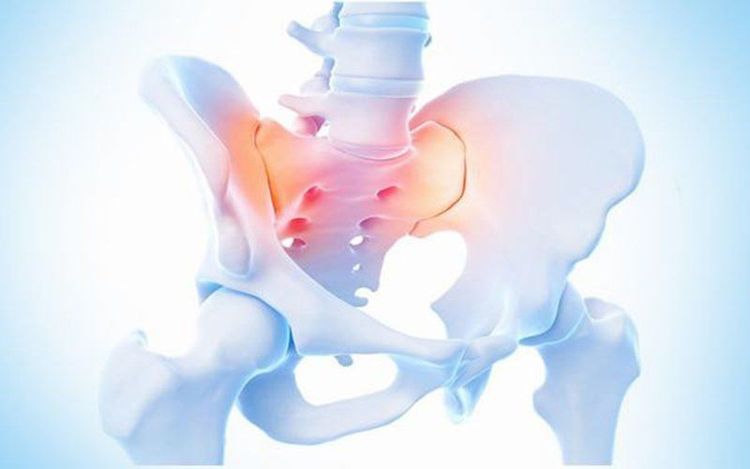
2. Causes of pelvic fractures
Trauma is the most common cause of pelvic fractures. The mechanism of trauma in cases of pelvic fractures has one thing in common, which is a strong traumatic force, often seen in situations such as:
● Work accident
● Traffic accident
● Falling from a height
Fracture Traumatic pelvic fractures may require emergency management, return to volume from blood loss, and be life-threatening.
In rare cases, bone quality is impaired in the elderly due to osteoporosis or those with medical conditions that degrade bone quality. At this time, only minor bumps or injuries from daily activities can lead to pelvic fractures.
Pelvic fractures can also occur under traction by the large tendons that attach to the bone. The cause of the fracture in this case is quite rare, is often seen in athletes with high intensity training and leads to displacement of the fracture ends.
3. Diagnosis of pelvic fracture
The doctor will diagnose a pelvic fracture based on the clinical examination, detecting the symptoms of a fracture, taking the history, mechanism of injury and specifying imaging methods to determine fracture lines.
People with pelvic fractures will feel a lot of pain in the hip and low back, especially more pain when trying to move, walk. The most common pain-relieving position is standing with legs bent or hips lowered. Swelling, edema of soft tissue lesions, accompanied by bruised patches can also be observed. In addition, other symptoms may include:
● Numbness in the groin running down the legs.
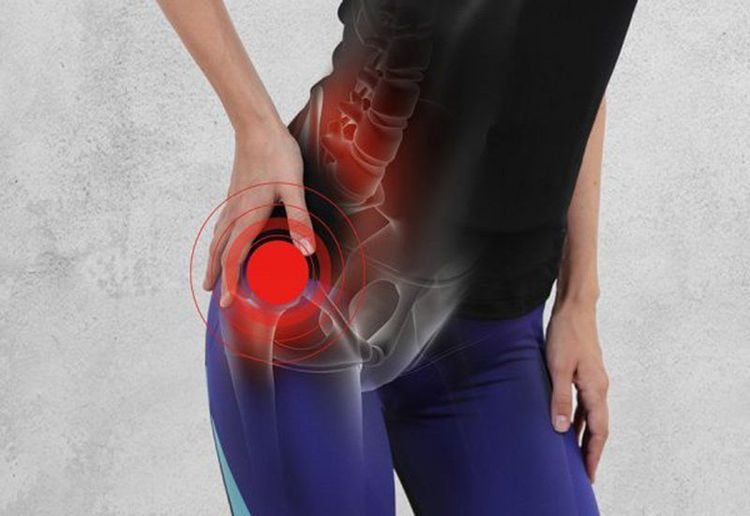
Blood in urine or vaginal bleeding.
Urinary retention, inability to urinate, bladder bridge.
● Limit movement.
When the above clinical symptoms appear, the doctor will prescribe the paraclinical means to confirm the diagnosis of pelvic fracture. Commonly used diagnostic techniques include:
● Pelvic X-ray: Pelvic fracture lesions can be easily detected on radiographs. However, some cases can be missed if the posture is not suitable or the fracture site is obscured.
● Computed tomography : The principle of imaging is similar to that of X-ray film, but the intensity of X-rays is higher. Images through computed tomography are created in 3D space, so they can provide detailed and useful information in complex fractures of the pelvis.
● Magnetic Resonance Imaging : The image obtained from the magnetic resonance film is of higher quality. Patients with magnetic resonance imaging are not exposed to radiation, however, magnetic resonance imaging is not necessarily indicated for all cases of suspected pelvic fracture. Magnetic resonance imaging also plays a role in cases of muscle concussion, tendon rupture, muscle tear.
● Bone scan: If a pelvic fracture is suspected due to fatigue, the patient will be consulted for a bone scan to evaluate.
Vinmec International General Hospital is a high-quality medical facility in Vietnam with a team of highly qualified medical professionals, well-trained, domestic and foreign, and experienced.
A system of modern and advanced medical equipment, possessing many of the best machines in the world, helping to detect many difficult and dangerous diseases in a short time, supporting the diagnosis and treatment of doctors the most effective. The hospital space is designed according to 5-star hotel standards, giving patients comfort, friendliness and peace of mind.
To book an appointment, please come directly to Vinmec health system or register for an online examination on the website for service.
Please dial HOTLINE for more information or register for an appointment HERE. Download MyVinmec app to make appointments faster and to manage your bookings easily.





